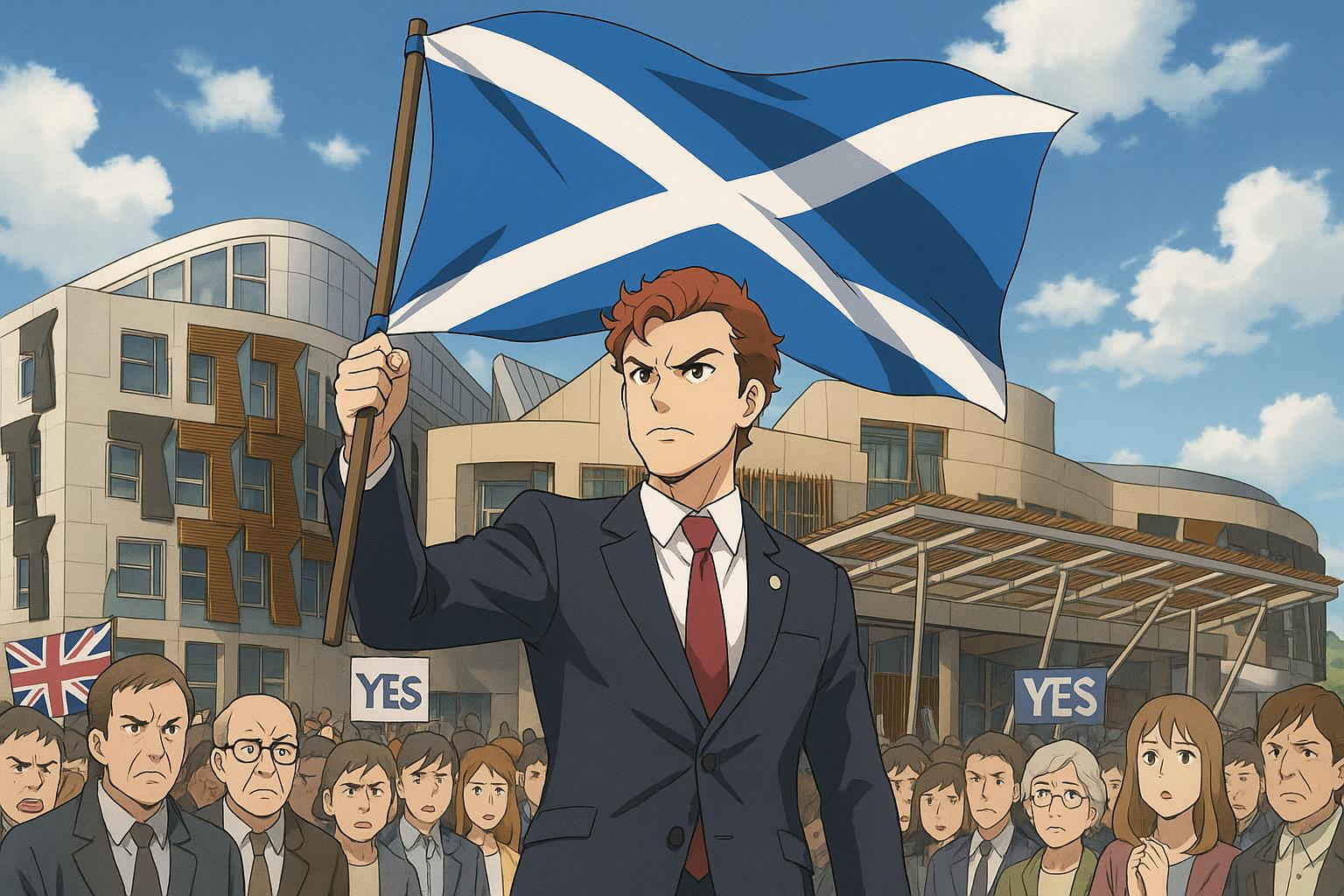Unveiling the candidates for the 2026 Scottish Parliament election, SNP leader and First Minister John Swinney proclaimed the party's unwavering ambition for independence, a commitment that he insists must resonate with the Scottish public. Yet, as the party gears up for an election that could determine the future of the nation, it’s worth scrutinising whether this vision is genuinely reflective of the current Scottish sentiment or merely a repetitive mantra.
Swinney clearly articulated the need for a democratic majority in Holyrood to legitimise any referendum on independence. However, one must question whether this approach is an effective strategy or simply a way to sidestep the realities of a divided electorate. He stated, "If there is a democratic majority in the Scottish Parliament for there to be a referendum... that is what should happen." This assertion, while echoing the party's long-standing ambitions, reveals a risky reliance on an increasingly fragmented support base.
Despite the SNP's attempts to energise activism, polling data shows that support for independence remains stubbornly around 50%, unchanged since the Brexit referendum. Swinney now faces the daunting task of broadening this base of support by at least 10%, a challenge that seems desperate given the entrenched views of significant portions of the Scottish public. Drawing comparisons to history, the initial devolution vote in 1979 serves as a stark reminder of how tough it can be to shift entrenched public sentiment—something the SNP has yet to effectively address.
In searching for support, Swinney pointed to historical public sentiment prior to the 1997 devolution vote, suggesting that a ‘patient’ approach would be essential moving forward. Yet in an era fraught with urgency, this cautious stance may appear more like complacency. His recent interviews have acknowledged the complexities involved but have failed to outline any actionable strategies to genuinely sway public opinion toward independence.
Critics have openly chastised the SNP for their lack of urgency and unwillingness to collaborate with other pro-independence factions, such as the Alba Party, which has pushed for a unifying independence convention. The Scottish Greens’ refusal to engage further exposes the SNP’s hesitance to forge a united front—a misstep reminiscent of past failures that could undermine their current aspirations. Without a broader coalition, the SNP risks seeing their independence agenda flounder under internal dissension.
The realization that Swinney is tempering expectations among supporters reveals a lack of tangible momentum. The challenge of persuading approximately one-fifth of the electorate is considerable, one that could require not just robust campaigning but an urgent reassessment of how pro-independence factions can collaborate. As the SNP gears up for what could become a protracted campaign for independence, the hurdles they face are not merely political, but deeply entrenched in public sentiment—demanding not just patience, but boldness in strategy.
While the SNP aims to rally its supporters around a somewhat antiquated vision, it remains crucial for them to address the immediate sentiments of the Scottish populace. If Swinney's party is to rekindle the hope needed for a future referendum, they must demonstrate a readiness to engage meaningfully with a broader spectrum of opinion in Scotland, lest they continue down a path of stagnation.
Source: Noah Wire Services
